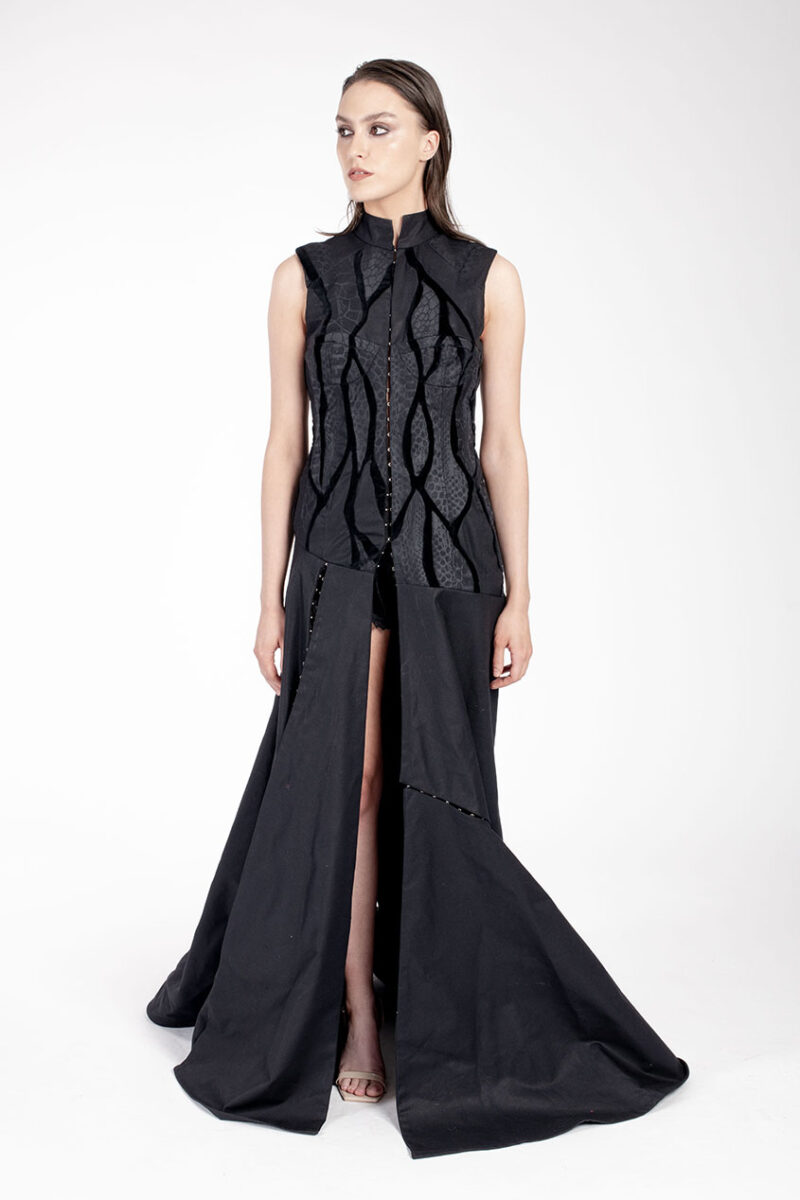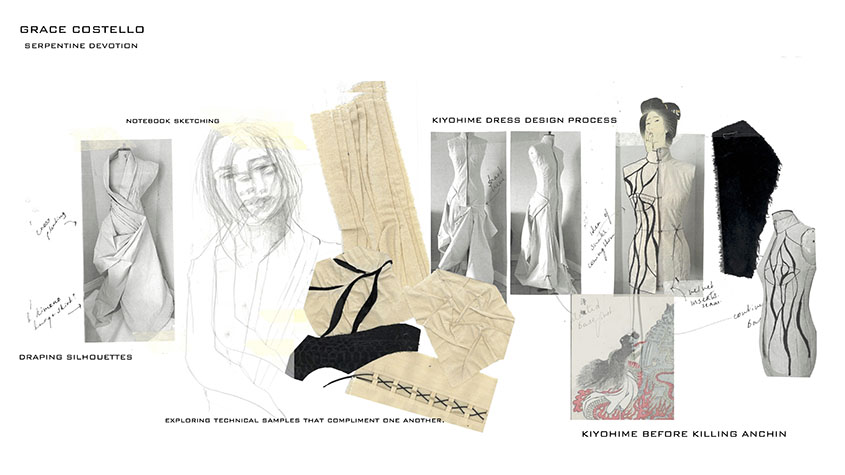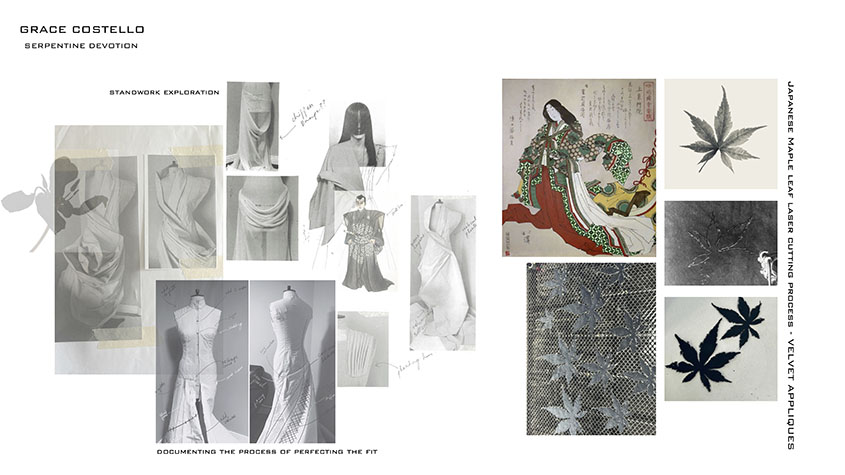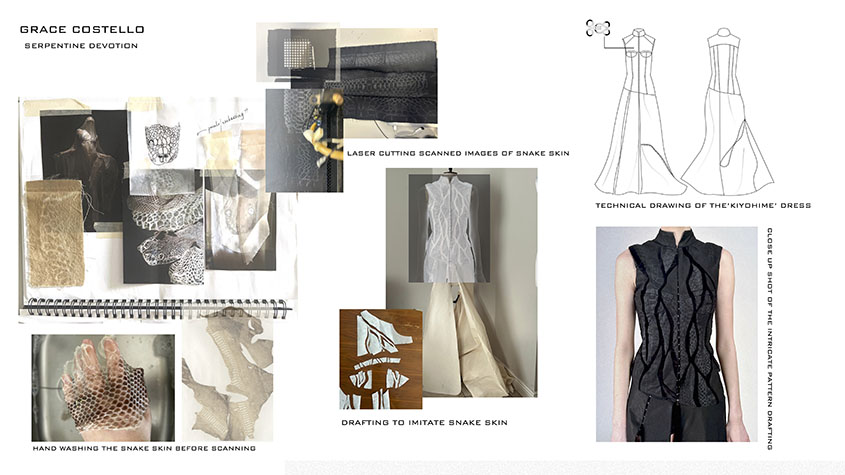





Welcome
Welcome to the Limerick School of Art & Design Graduate Show of 2024 featuring the work of final year LSAD, TUS Graduates from Animation & Illustration, Animation & Motion Design, Art & Design Teacher Education, Creative Broadcast & Film Production, Ceramic Design, Creative Media and Design, Digital Animation Production, Fashion Design, Fashion & Textiles for Product & Costume, Game Art & Design, Graphic Design, Graphic Digital Design Communication, Interior Design, Music & Sound Engineering Music Technology & Production, Painting, Photography Film Video, Print Contemporary Practice, Sculpture & Combined Media and Professional Masters of Education in Art and Design with Digital Media.